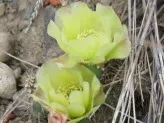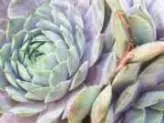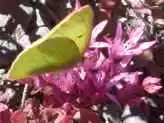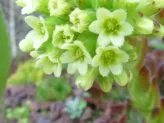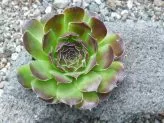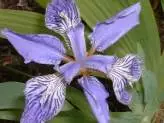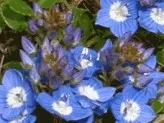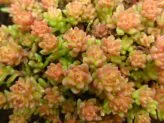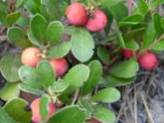Xeric Plants, Xerophytes and Rare Hardy Succulents
Some of the best low water plants are low maintenance, easy to grow and beautiful.
My favorites among this group are hardy succulent plants which although they have been grown for years in borders, beds and containers are only now becoming really popular with adventurous gardeners.
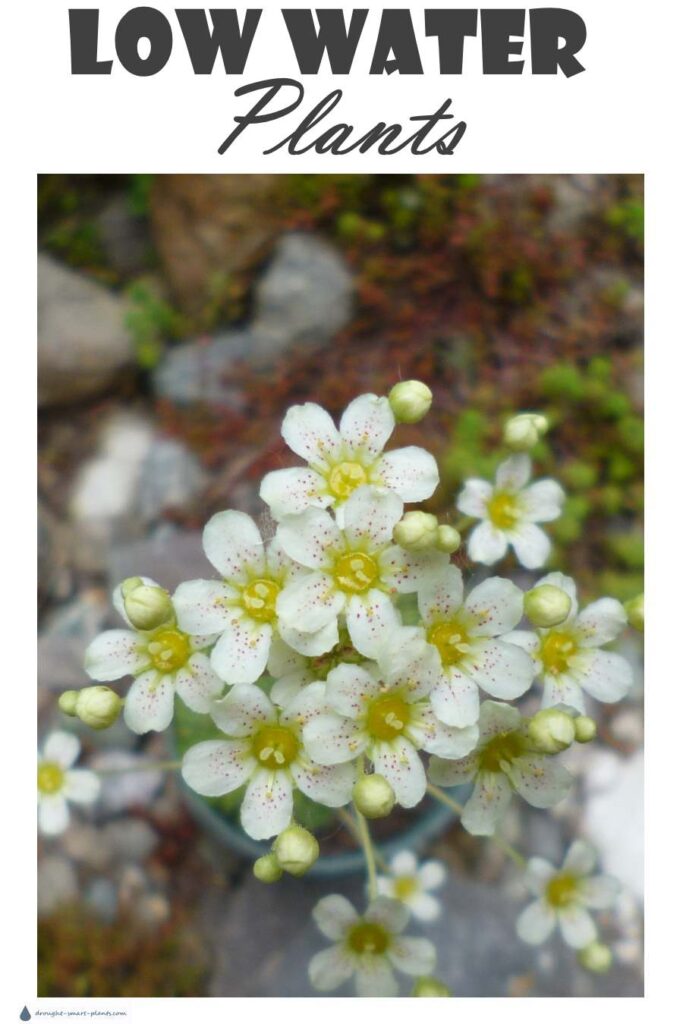
Rock gardens and xeric gardens are the perfect place to grow many different Sedum species and varieties as well as other low water plants which have enjoyed a lot of popularity over the decades.
Sempervivum are well worth acquiring – there are so many forms, textures and colours with which to decorate your garden and which combine well with specimen rocks and mulches such as lava rock and pebbles. With hundreds of named varieties and species to choose from – dark purple, almost black, or palest creamy green with cobwebbing – we’re spoiled for choice.
Less familiar low water plants are other hardy succulents such as Jovibarba. Most people, even knowledgeable gardeners get a blank puzzled look when I mention these. I’ve grown them from seed for a couple of years now, after my first exposure to them in a friend’s garden.
They look almost exactly like Sempervivum at first glance, but once you get to know them, they’re unmistakably different.
Jovibarba heuffelii will split at the crown, unlike Sempervivum which form chicks from underneath the skirts of the mother rosette.
Jovibarba species such as sobolifera and allionii will form propagules on the top of the rosette on slender brittle stems; giving rise to their common name of rollers, as the tiny chicks will fall off the mother plant and roll away to root, eventually forming large colonies. The textures and colours of these low water plants are exquisite.
Many other plants can be classed as low water plants that aren’t succulent plants.
Some old fashioned perennials commonly grown in our xeric gardens are renowned for their low maintenance and hardiness in challenging conditions.
Choose a variety of different textures, colours and heights from many families to enhance your garden and provide biodiversity.

